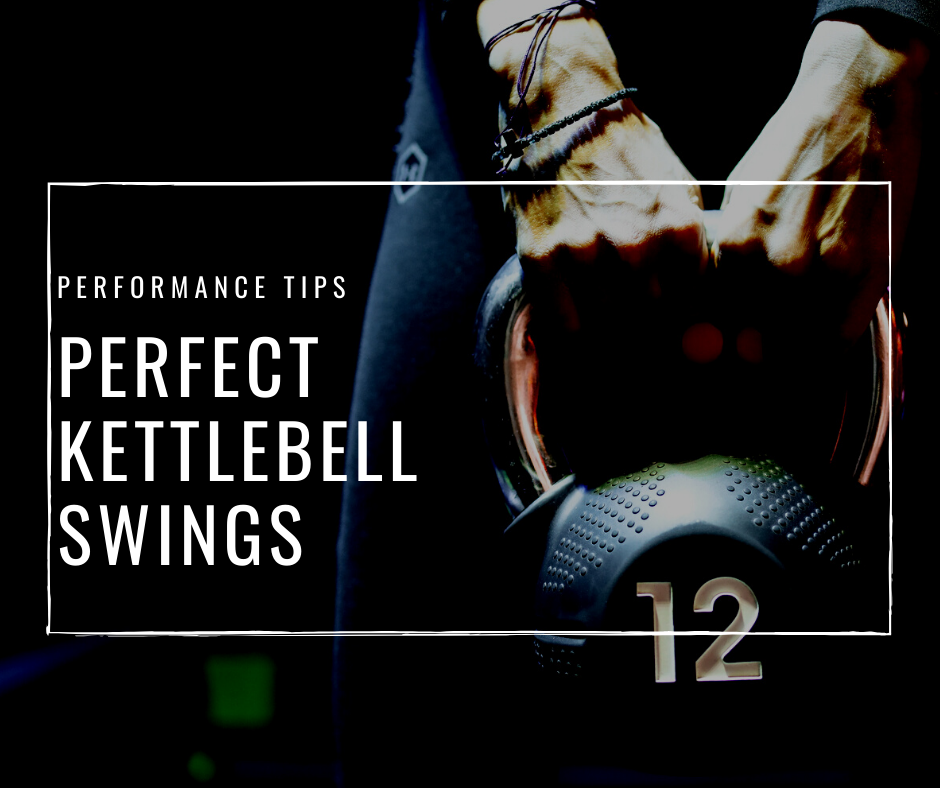Is Injury A Normal Part Of Training?
Sport vs. Fitness
Sport if fun. Sport is unpredictable.
If you fall down on the ski slopes or take a knock in a soccer game, there's a chance you could tweak a muscle or sprain a joint. You don't blame the game organizer or your coach. You accept the risk and move on.
Unlike sport, the gym is a very controlled, predictable environment - at least for the most part.
A fitness plan should do many things. Hopefully it makes you stronger, improves endurance, and establishes or maintains enough mobility to do the tasks you need - or want - to do. It should also make you more robust and resistant to injury. It does this by strengthening your muscles so you can withstand more force, teaching optimal positioning which keeps you moving safer, and by correcting weaknesses and strength imbalances that are known to increase your risk of injury.
Your fitness plan should definitely not be causing in jury! Especially if your goal is general fitness with a longevity aspect.
If you get injured in the gym, chances are something went wrong that could have been prevented. In my experience about 80% of gym injuries could be avoided by better movement assessments from day one, maintaining correct form instead of allowing yourself to get sloppy, and being intelligent about adjusting your program and how much stress it's putting on your body at any given time.
To give you an idea: here's an example of a weakness that leads to strain and injury on the knee joint for a runner.
The other 20% are accidents. Accidents will always happen, a good program will minimize the vast majority of injuries from occurring.
How much risk you want to inject into your training all comes down to your goals.
High Performance Fitness vs. lifestyle Fitness
The higher you want to push performance, the riskier it is. Talk to anyone who treats or coaches top athletes and you'll find out that they're frequently injured. It's part of the territory. When you're trying to push your body to the limit, you're balancing on a razor's edge.
An advanced athlete's training (CrossFitter, powerlifter, strongman, marathoner, etc.) is harder and more stressful on the body. If you spend a year squatting 50lbs with sub par form or 500lbs with sloppy technique, guess which one is more likely to cause major damage? Advanced athletes have a tiny margin for error.
What's more, to get incrementally better requires an enormous amount of time and sacrifice.
Where a beginner can usually increase their strength by 50% or more in the first year of training, and do this all in three hours a week, an advanced athlete may spend 10 hours or more in very intense training only to gain a 1-2% improvement over a year.
All to say, extraordinary performance takes extraordinary training, and that's going to be more risky.
For those of us who simply want to feel great and have longevity in fitness, I recommend a relatively low risk approach. You can accomplish fitness levels well beyond the average with simple, low risk movements. You can change your life and stay injury free.
It's all about taking real look at your fitness goals and what risks are acceptable. The best program will balance your needs and goals with a lower risk approach and still keep it fun and engaging. How that looks is different for everyone.











